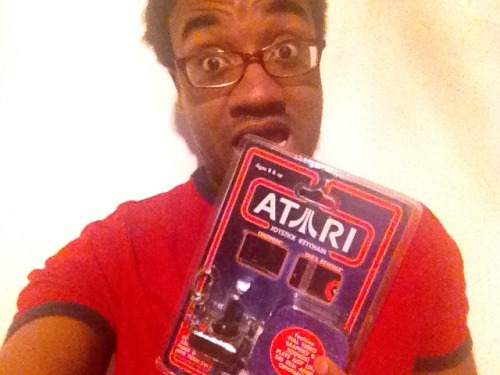I had an Atari 2600 growing up. It was the last time that my parents were actually interested in the video games that I used to play. I remember my parents watching us play Pac Man, Asteroids, and Space Invaders. Simple control - whether it's the Atari 2600's joystick and one button or the Wii's motion controlled remote - removes a layer of complexity and allows people that aren't gamers to focus on the action on the screen.
This week, Atari celebrates it's 40th anniversary of its incorporation in 1972.

Atari released its 2600 system in 1977. It was so popular that many companies, whether they were video game companies or not, began releasing games for the system. This was a major factor in the North American video game industry crashing and burning from 1983-85, until the release of Japan's Nintendo Entertainment System. The good news about the crash? My lower-middle class family could easily afford an Atari 2600 and several $1 cartridges, since the system was a bit long in the tooth when I was of age in the 80s.
I didn't get an NES until way until it's life cycle because I loved the Atari 2600, and I always had a constant supply of games coming because they were so cheap. In comparison, NES games were expensive and could be hard to find because the system was so popular.
Check out Time's interview with Atari founder Nolan Bushnell, including some interesting conversations with a young, arrogant Atari employee named Steve Jobs.



